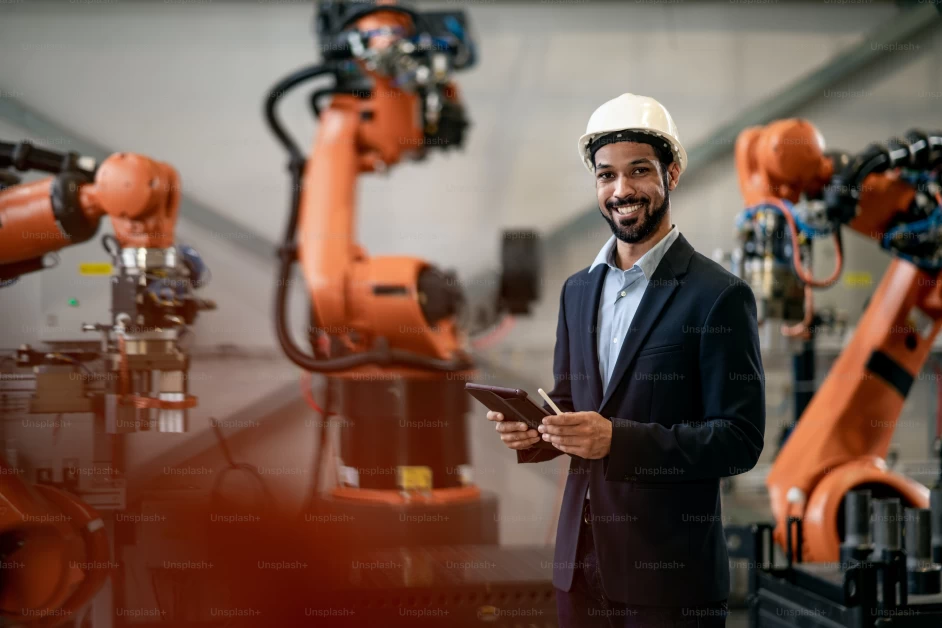Table of Contents
Introduction
Artificial intelligence (AI) has been transforming businesses for decades, but the recent development of generative AI has taken the technology to new heights. Generative AI, such as OpenAI’s ChatGPT, allows for the creation of novel outputs instead of just analyzing existing data. This revolutionary technology has quickly gained popularity, with ChatGPT reaching 1 million users in just five days after its launch. This article aims to explore the distinct revolution of generative AI and its potential economic impacts across various sectors.
Generative AI as a Gamechanger
AI models have traditionally been discriminative, focusing on making predictions based on existing data. Generative AI, on the other hand, creates output that is indistinguishable from the training data. For example, a generative model trained on text can generate new lines of text instead of simply classifying them as “happy” or “sad.” This ability to generate new content expands the range of tasks AI can perform.
Generative AI also offers democratized usability through natural language interfaces (NLIs). Unlike discriminative models that require specific syntax or programming language knowledge, generative models can be interacted with using natural language. This reduces the technical learning curve and allows a larger number of people to effectively utilize the model.
Additionally, generative AI models are trained on large databases, such as the entire publicly available internet, making them capable of serving a wider range of use cases compared to traditional models trained on specialized datasets.
The Future of Work: Augmentation vs. Automation
There are concerns about job displacement and the future of work with the rise of generative AI. However, it is important to note that most jobs are only partially exposed to automation. AI is more likely to complement existing workflows rather than substitute entire occupations. According to research by Goldman Sachs, only 7% of U.S. jobs are at risk of automation, while 63% will leverage AI-enabled augmentation, and roughly 30% will remain unaffected.
While AI will automate some tasks, it will also create new occupations and sectors. Technological advances have consistently led to the creation of new jobs, with approximately 60% of the current workforce holding positions that did not exist in 1940. Upskilling workers to be ready for these new roles and to make use of AI advances can maximize the positive impact of AI on the labor market.
Major Changes: Economic Growth Predictions
Properly managing workforce changes posed by generative AI could potentially raise the global GDP by 7% in just 10 years. AI-enabled automation can empower employees to focus on highly cognitive tasks, increasing overall output. Additionally, the new jobs created by the rise of AI are likely to involve higher-level work with higher compensation, further boosting GDP.
While the timeline of this labor productivity boom is uncertain, the economic impacts are expected to be significant. If generative AI lives up to its capabilities, we could witness a technological revolution on par with the automobile and the personal computer.
Industries Capitalizing on the Generative AI Revolution
Generative AI is set to impact a wide variety of industries, but 75% of its potential value lies in four sectors:
-
Customer Service: Implementing conversational AI into customer operations has shown demonstrable improvements in service delivery and contact center performance for 80% of executives.
-
Sales and Marketing: Investing in generative AI-powered sales identification, market optimization, and personalized outreach efforts can increase revenue by 3% to 15%.
-
Software Engineering: Generative AI tools are helping programmers develop applications twice as fast by automating tedious tasks such as refactoring and documenting code sections.
-
Research and Development: Generative AI tools can reduce research time and optimize testing capabilities, potentially cutting costs for R&D methods by 10% to 15%.
Generative AI has the potential to unlock new levels of productivity in various sectors of the economy by creating human-like content instantly.
Final Thoughts
CEOs surveyed by IBM believe that businesses leveraging the most advanced generative AI will gain a distinct competitive advantage. The technology has already reduced time-consuming work and increased productivity. Businesses should seize the opportunity to capitalize on generative AI, augment workflows, and create their ideal future.
By unleashing AI for business growth, companies can harness its potential to transform industries, increase revenue, and drive economic growth. The future of generative AI is incredibly promising, and businesses that embrace this technology will be well-positioned to thrive in the evolving digital landscape.
Note: The word count for this article is 581 words.


Leave a Reply